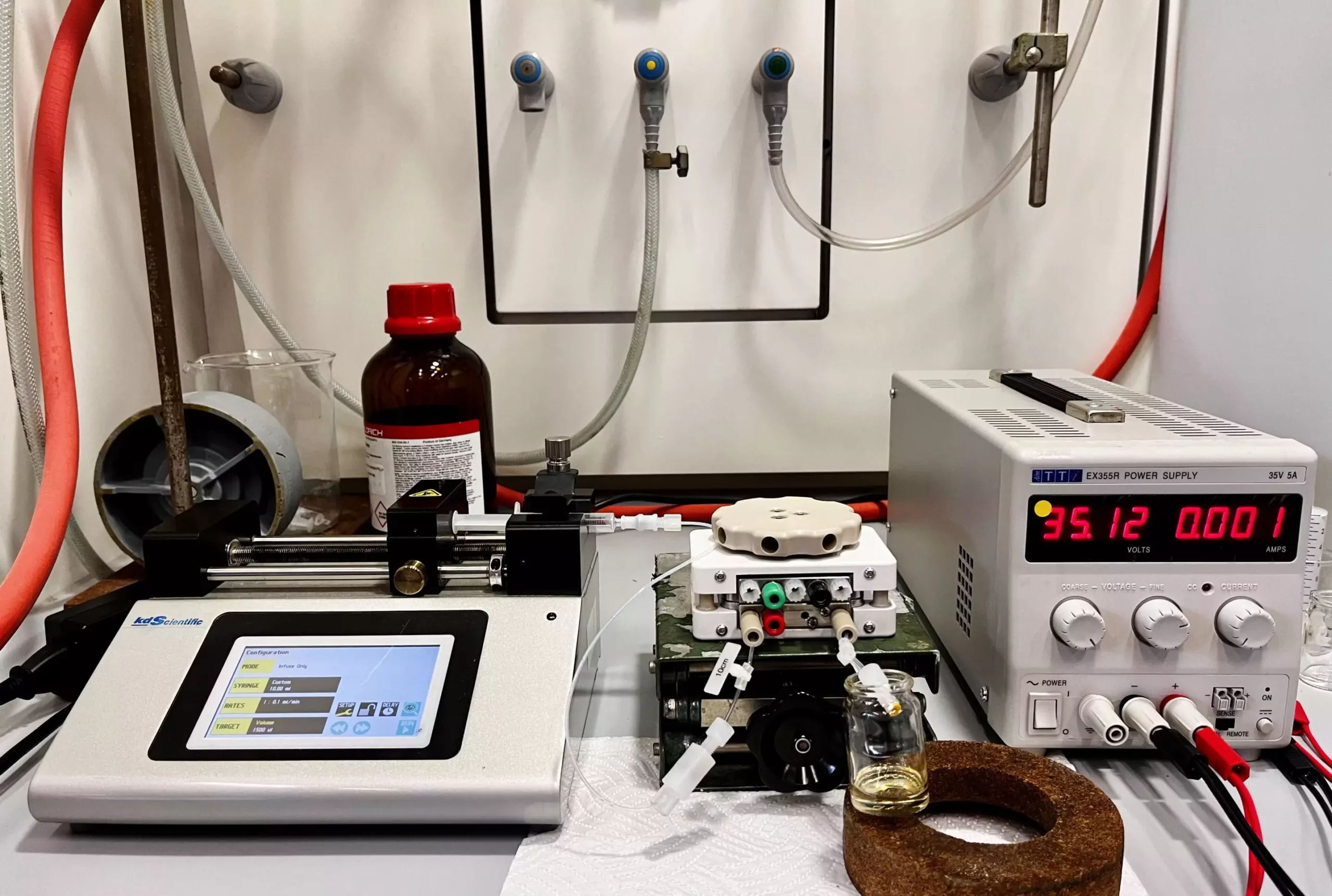For chemists, developing new synthesis methods to obtain novel products is essential to meet society’s ever-growing needs. This involves creating complex organic chemical compounds from simpler reagents through a series of precise reactions. However, achieving better control and simpler operation of these reactions remains a significant research challenge. In a groundbreaking study, a research group at the University of Geneva, in collaboration with Cardiff University, has discovered a way to use an external electric field to control and accelerate a chemical reaction, essentially acting as a “switch.” This innovative approach could revolutionize organic synthesis and have a profound impact on the development of new molecules.
In organic synthesis, the process of transforming simpler reagents into complex compounds requires precise control of electron movement within molecules. Electrons, being negatively charged particles, can be influenced by an external electric field. Therefore, controlling chemical reactions through electric field manipulation holds great promise. However, previous attempts to utilize this approach have faced limitations and yielded poor results.
Led by Professor Stefan Matile from the University of Geneva and Professor Thomas Wirth from Cardiff University, the research team accomplished what seemed to be elusive. They successfully activated an organic chemical reaction using a simple electric field. To achieve this, they designed an electrochemical microfluidic reactor, a device that allows the circulation of the reaction mixture between two electrodes while exposing it to an electric field.
The reactor takes the form of a small box, containing two electrodes placed as close together as possible. These electrodes, coated with carbon nanotubes, provide a surface for the reactants to interact weakly. As the molecules flow through the reactor, the electric field induces electronic polarization in the molecule, effectively activating the chemical transformation. This design allows the reaction to be easily activated by a simple flip of a switch, providing a new level of control and simplification.
The proposed electrical device by Matile and Wirth offers several advantages and implications for organic chemistry. Firstly, it has the potential to simplify complex, multi-step strategies involved in creating desired chemical bonds. These strategies often consume significant resources and energy. By simplifying these processes, the carbon impact of chemical syntheses could be greatly reduced.
Additionally, the device is easily controllable, comparable to a particle accelerator at CERN in Geneva but tailored for molecular transformations. This level of control opens up opportunities for more environmentally friendly synthesis methods. The production of drugs, fuels, and plastics could become greener and more sustainable with the implementation of this electric field control method.
While the initial results are promising, further research and development are necessary to unlock the full potential of this innovative device. Fundamental advances are required to refine and optimize its performance. However, with continued advancements, this method could be applied to organic chemistry in the not-too-distant future.
The discovery of using an external electric field as a switch to control and accelerate chemical reactions is a major breakthrough in organic synthesis. This groundbreaking research conducted by the University of Geneva and Cardiff University paves the way for greener and more controllable synthesis methods. As society’s needs for new pharmaceuticals, cleaner fuels, and biodegradable plastics continue to grow, this electric field control method offers hope for meeting these needs while reducing the environmental impact of chemical syntheses. With further advancements, the future of organic synthesis looks brighter and more sustainable.



Leave a Reply